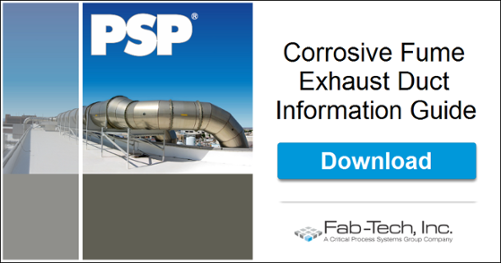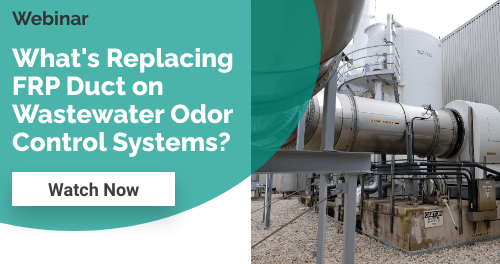Explanation of "Class 1" Building Materials
ASTM International (ASTM), originally known as the American Society for Testing and Materials, is an international standards organization that develops and publishes voluntary consensus technical standards for a wide range of materials, products, systems, and services.
ASTM predates other standards organizations such as BSI (1901), DIN (1917) and AFNOR (1926), but differs from these in that it is not a national standards body. That role is taken in the USA by ANSI. However, ASTM has a dominant role among standards developers in the U.S. and claims to be the world's largest developer of standards. Using a consensus process ASTM supports thousands of volunteer technical committees which draw their members from around the world and collectively develop and maintain more than 12,000 standards. The annual Book of ASTM Standards consists of 77 volumes.
/Pharmaceutical%20Engineering%20Standards.jpeg?width=708&name=Pharmaceutical%20Engineering%20Standards.jpeg)
National Fire Protection Association (NFPA) oversees the development and maintenance of over 300 codes and standards. A cadre of over 6000 volunteers representing fire service, insurance, business, industry, government, and consumers develop these documents. Many state, local, and national governments incorporate the standards and codes developed by the Association into their own law either verbatim or with only minor modifications. Even when not written into law the Association's standards and codes are typically accepted as a professional standard and are recognized by many courts as such. This widespread acceptance is a testament to the broad representation and input received on all the NFPA's projects.
NFPA #255 Standard Method of Test of Surface Burning Characteristics of Building Materials
Initially written by ASTM, this standard was adopted by NFPA and named NFPA 255 as American Nationals Standard (ANSI) and approved for the use by agencies of the department of Defense for listing in the DOD Index of Specifications and Standards.
NFPA 255 / ASTM E-84 is an extremely stringent test, probably the strictest in the United States as it also assesses smoke generation. The purpose of the test is to provide a comparative measurement of surface flame spread and smoke development of materials with that of a select grade red oak and reinforced cement board under specific fire exposure conditions.
Steiner Tunnel Test Method:
A 20 inch wide by 24 foot long sample is mounted to the roof of a long brick tunnel with a pair of gas burners at one end and a forced draft that pulls the flames down toward the other end. The specimen is subjected to the flames of the gas burners for 10 minutes. During the ten minute test duration, flame spread over the specimen surface and density of the resulting smoke are measured and recorded.
Testing Method Result:
The Steiner Tunnel Test results are calculated as a comparative number with no units relative to red oak (which has an arbitrary rating of 100) and reinforced cement board (which has a rating of 0). From these numbers a Flame Spread Index and Smoke Development Index is calculated with "Class 1" being the best.
Standard Classification System:
Code officials and regulatory agencies frequently use the Flame Spread Index and Smoke Developed Index values obtained by the NFPA 255/ASTM E-84 test in the acceptance of interior finish materials for various applications.
"Class 1" Classification = Flame Spread Index 0 - 25
Smoke Development Index 0 - 50
Code organizations such as B.O.C.A., U.M.C. and the Canadian National Building Code use an ASTM E-84 test procedure to measure flame and smoke generation (also known as NFPA 255, UL 723 or CAN 4-S102). These codes require a flame spread index of less than 25, and a smoke generation index of less than 50 on both the inside and outside of fume exhaust duct or sprinklers.
Example of additional costs accrued with a "sprinkled" vent duct system:
- The addition of corrodible sprinklers every 12 feet.
- Addition of 4-inch drains every 50 feet and at low points (in case of accidental
sprinkler discharge). - Installation of sprinkler supply mains.
- Installation of sprinkler drain piping to a chemical containment area for
treatment. - Additional duct supports - sprinkled duct must, by (U.M.C., NFPA) code, be
designed as if half full of water. - Maintenance and testing requirements for the sprinkler system including routine
replacement of corroded sprinkler heads.
"Standard" Coated Stainless Steel Vent Duct Specification Excerpt:
Ducts shall be listed for use without the necessity for internal fire protection sprinklers or any device relied on to cut off airflow in the event of fire by the following: Factory Mutual Research Standard 4922. Duct shall have a flame spread index of less than 25 and a smoke generation index of less than 50 on both the inside and outside of the ductwork.
Fab-Tech's PSP® Fume Exhaust Duct Factory Mutual Research Rating:
Flame Spread Index: 0
Smoke Generation Index: 20
Click here to learn more about PSP coated stainless steel fume exhaust duct systems
Or download our general information guide below:


